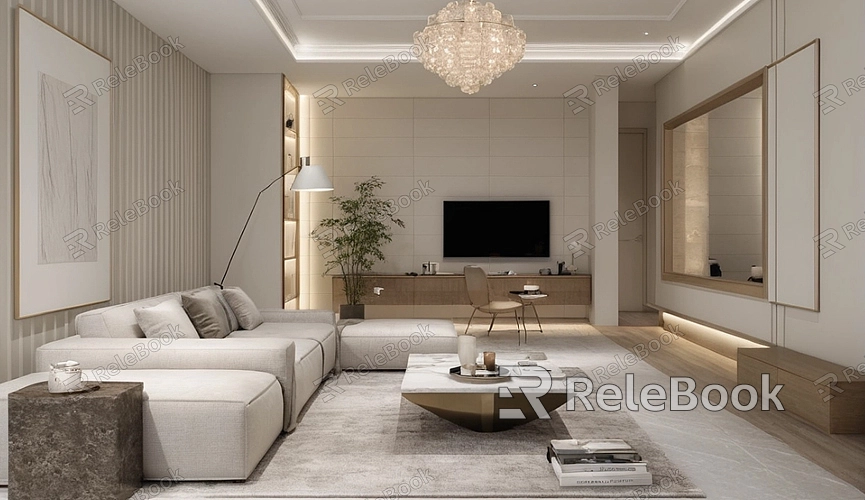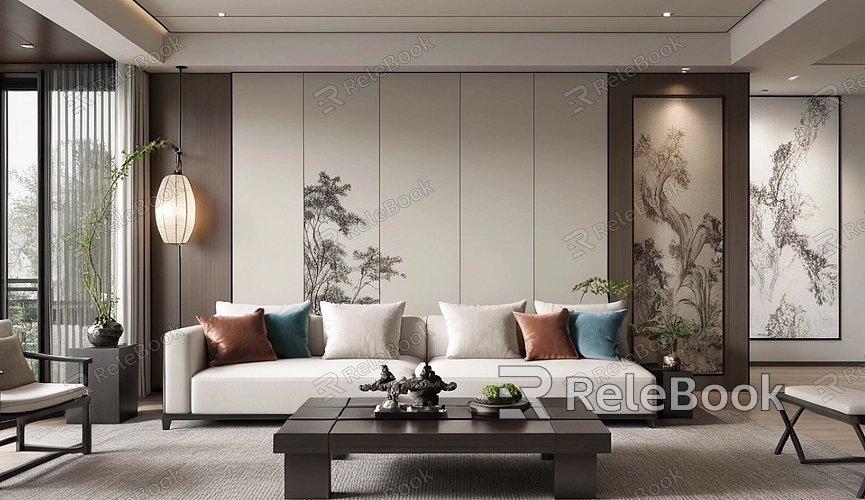How to Convert Flat 3D Models to Surface Models?
With technological advancements, the conversion between flat models and surface models has become increasingly important. Flat models are typically polygonal, while surface models provide a smoother, more natural appearance, making the creations more vibrant and realistic. This article will explore how to convert flat 3D models into surface models, detailing the specific steps and methods to help designers and developers enhance their creative quality and efficiency.

Understanding the Differences Between Flat and Surface Models
Before starting the conversion, it’s essential to clarify the basic differences between flat models and surface models. Flat models are usually composed of multiple polygon faces, making them suitable for simpler shapes, such as buildings or props. Although these polygons can form complex shapes, their hard edges often fail to convey a naturally fluid visual effect.
Surface models, on the other hand, are defined through control points, curves, and surfaces, allowing for greater flexibility and smoothness. This type of model excels in representing organic shapes, such as character designs, animals, or other forms found in nature. Surface models not only display higher detail and complexity but also provide better lighting and reflection effects during rendering.
Preparation
Before starting the conversion, adequate preparation is necessary. First, choose a suitable 3D modeling software, such as Blender, Maya, or 3ds Max. These applications offer powerful tools for model conversion. Additionally, ensure your flat model is complete and in an editable state to avoid unnecessary issues during the conversion process.
Next, understand your target shape and design intent. Do you wish to maintain the original style or create a new visual effect? This will influence subsequent conversion steps and detail handling.

Converting Using Modeling Software
1. Importing the Model
Begin by importing your flat model file into the chosen software. Typically, these applications support various formats, such as.obj or. fbx. Ensure the file is error-free and displays correctly.
2. Selecting the Right Tools
Most 3D software offers specialized tools for handling surface models. Look for options like "Subdivision Surface" or "Bezier Surface." These tools can assist you in converting flat model polygons into smooth surfaces.
3. Applying Subdivision
After selecting your flat model, apply a subdivision surface modifier. This process will increase the polygon count, making the model smoother. Adjust the subdivision level to achieve the desired smoothness. Start from a lower level and gradually increase it, allowing you to observe the effects in real time.
4. Modifying Control Points
For more precise adjustments, you can manually edit the control points of the model. Select certain vertices and move them to create more natural curves and shapes. Utilizing these control points allows designers to achieve more complex and personalized forms.
5. Applying Surface Smoothing
Once the model has been subdivided, use smoothing tools to enhance its appearance further. These tools let you choose different smoothing algorithms for optimal results. During this process, ensure you don’t lose model details, preserving its characteristic shapes.
Adjusting Textures and Materials
After the conversion is complete, the next step is to handle the textures and materials of the model. Surface models often require more detailed texture mapping to suit their smooth appearance. Choose appropriate texture images based on the shape and intended use of the model, and apply them accordingly.
1. UV Unwrapping
First, perform UV unwrapping to ensure the correct application of textures. The UV unwrapping process transforms the 3D model’s surface into a 2D plane, making texture mapping easier. Adjust the UV layout based on the model's complexity to avoid stretching or distortion.
2. Adding Materials
After applying textures, proceed to set up the materials. Surface models typically need more intricate materials to showcase different reflective qualities and glossiness. Set appropriate values for gloss, transparency, and reflectivity based on design needs to enhance the model's realism.
3. Rendering Tests
Finally, conduct rendering tests to check how the model performs under various lighting conditions. During rendering, you can adjust light settings to ensure the model’s details are fully showcased. If necessary, go back to the model for fine-tuning to ensure the final result meets your expectations.
Other Techniques and Methods
In addition to the basic steps mentioned above, numerous advanced techniques and tools can help streamline the conversion process. Utilizing procedural modeling tools, texture generation software, and various plugins can further enhance workflow efficiency and reduce repetitive tasks.
Converting flat 3D models to surface models is a systematic and detailed process. By understanding the differences between the two, mastering the operations of modeling software, and handling textures and materials, designers can create more vibrant and realistic works. Whether in game development or animation production, this skill significantly enhances the visual quality and appeal of the creations. If you’re looking for more high-quality 3D models and texture resources, be sure to visit the Relebook website for downloads.
FAQ
What is the key to converting flat models to surface models?
The key lies in using subdivision surface modifiers and adjusting control points to achieve a smoother appearance.
How do I choose the right 3D software?
When selecting software, consider its supported features, user interface, and compatibility with other tools.
What are the advantages of surface models?
Surface models offer smoother visual effects, making them suitable for depicting complex and organic shapes.
How much do textures and materials impact the model's appearance?
Textures and materials are crucial to the overall visual quality of the model, enhancing its realism and detailed presentation.
Are there plugins available to simplify the conversion process?
Yes, many 3D software applications support plugins that can streamline modeling and texture handling, improving efficiency.

